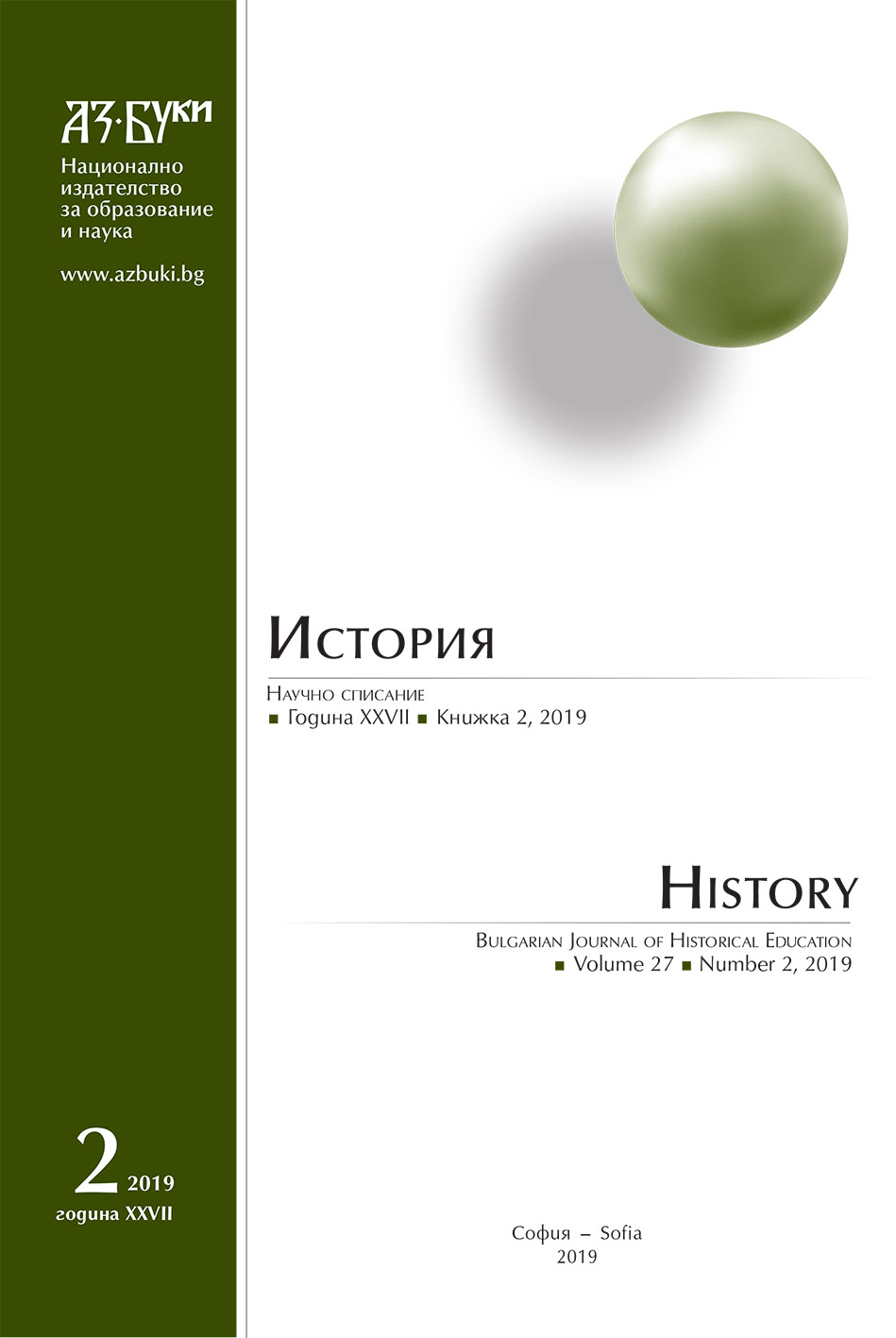
We kindly inform you that, as long as the subject affiliation of our 300.000+ articles is in progress, you might get unsufficient or no results on your third level or second level search. In this case, please broaden your search criteria.

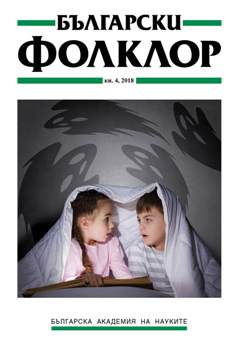
The article is an attempt to compare the customary law system of inheritance in the Bulgarian rural traditional society with that of France. A parallel is made with the customary law system of the Berbers in Morocco as well. The significant difference between the Bulgarian and the French customary law systems of inheritance is that the first one is uniform as a whole, while in the second case is characterized by the existence of different types of customary law systems of inheritance in various regions of the country.Another important benchmark for the comparative analysis is the fact that according to the Bulgarian customary law system of inheritance only the sons have the right to inherit the estate of the deceased. It is pointed out that this peculiarity of the system of inheritance is also characteristic of some areas in France and the reasons for this are discussed. The principle of inheritance in question is also characteristic of the customary law of the Moroccan Berbers – local, pre-Arabic population of Morocco. In support of this, some information is given about their customary law of inheritance.
More...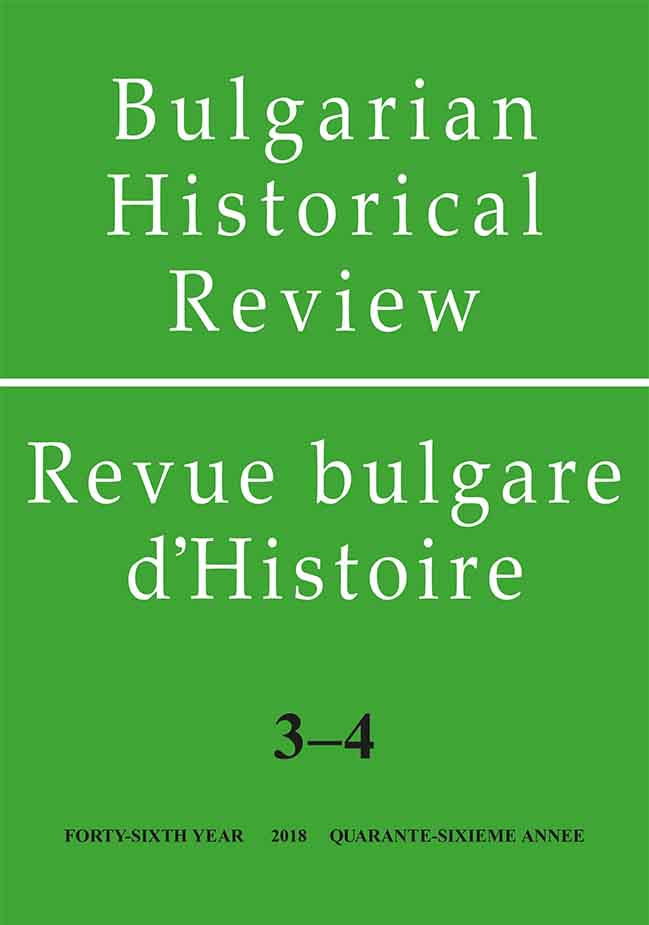
The article examines the scientific work of the Institute for Historical Studies at the Bulgarian Academy of Sciences since its establishment in 1947 to the present day in the context of the general development of historical science in the second half of the 20th century. The era of communist totalitarianism had a heavy impact on the research of historians. They had, willingly or unwillingly, to study historical processes following the ideological formulations set by the Communist Party. In the 1960s, a slight liberalization of public life began, allowing for a more adequate examination of a number of issues from Bulgarian and world history, mainly from the point of view of the facts. Since the fall of the communist regime in 1989, the ideological constraints on historical science and the work of the scientists at the Institute for Historical Studies fell away too. Research freedom, as well as the wide opening of archives, allowed historians to start exploring many new themes and to seriously reconsider others. However, the new conditions in which historical science has been evolving give rise to a number of challenges. In short, the task of historians in the new conditions is to create historical texts that are freed from the myths that have accumulated over time; to give the most accurate picture of the past and thus to offer to society appropriate solutions to the current problems in its development.
More...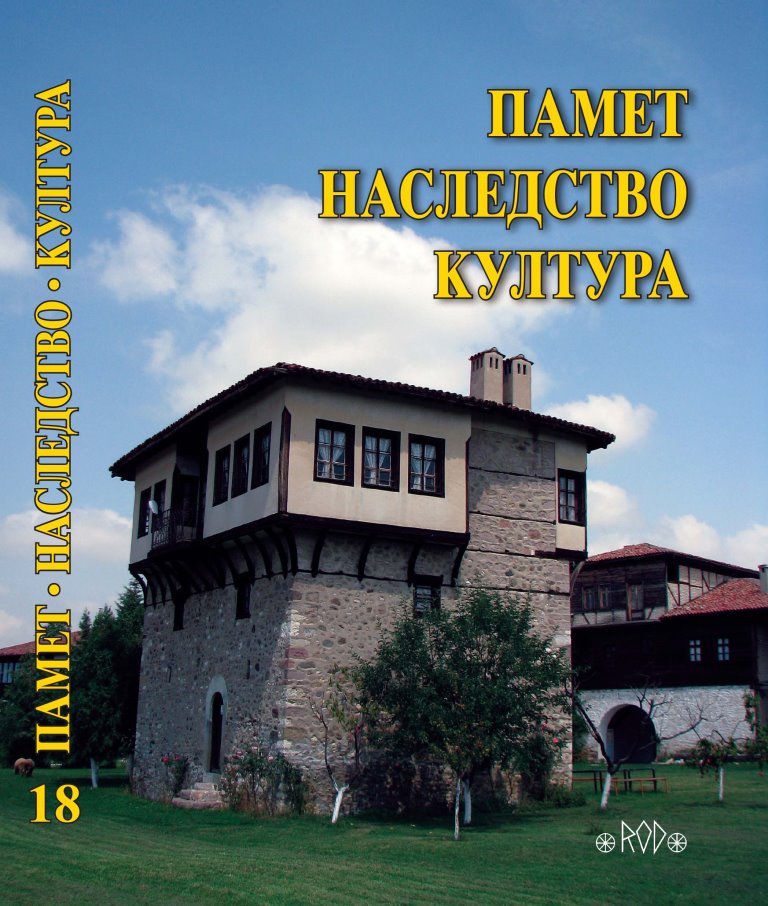
Objects of research are sites of national memory in Germany and Czech Republic, devoted to St. St. Cyril and Methodius – creators of the Slavonic script and pioneers of the Slavonic liturgy. Nowadays these sites of memory – monuments, chapels – are centers of pilgrimage and com-memorative practices.
More...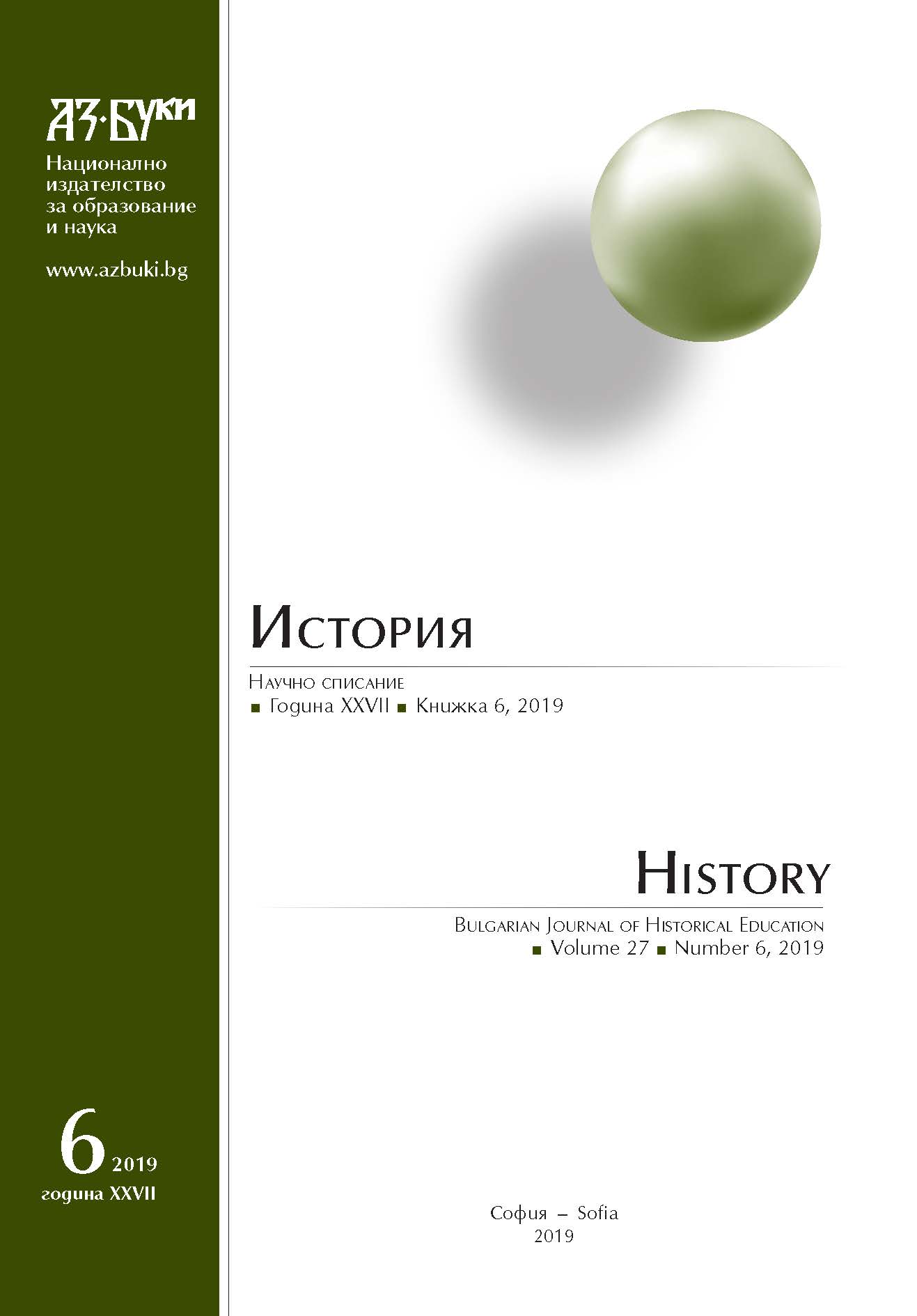

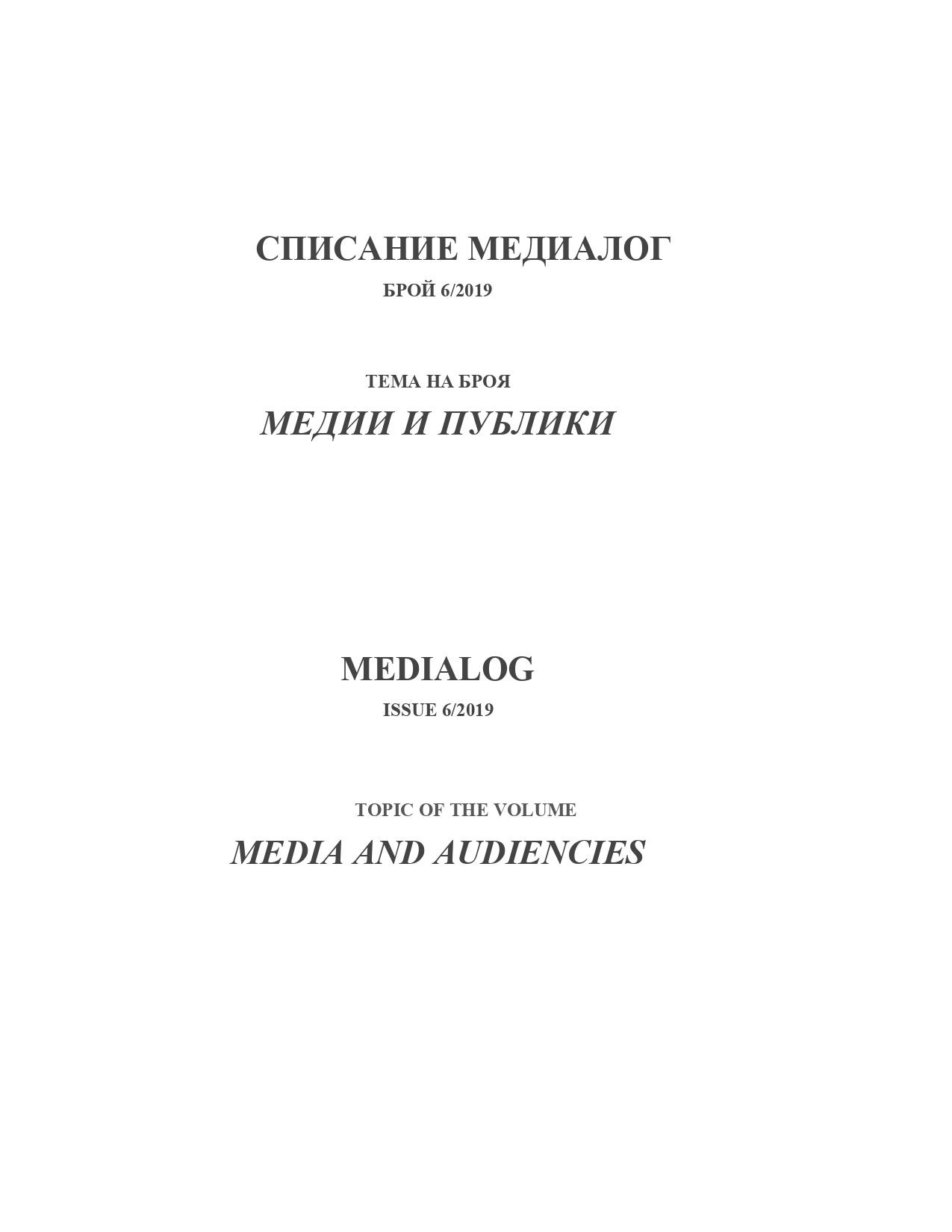
Conference report on the International science conference '(Re)thinking socialism: knowledge, memory and oblivion of the socialist past'
More...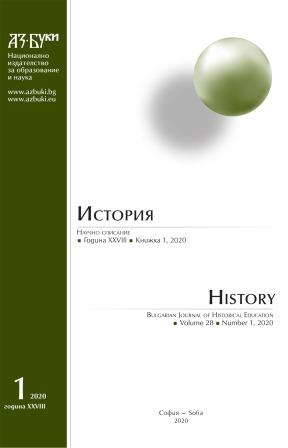
The article presents a newly found city plan of Tarnovo, which was composed in 1857 by the Brittany-born geographer and cartographer Guillaume Lejean. The city plan was found at a Paris bouquiniste in 2018. As it is unsigned, the article offers some arguments supporting its attribution to Lejean. When he visited the old Bulgarian capital in the spring of 1857, he collected data, which he published and used as a basis for drawing the plan. This is the best among the city plans (maps) of Tarnovo to be composed until the late 1870s, both as a work of cartography and in terms of its historical information and artistic value.
More...

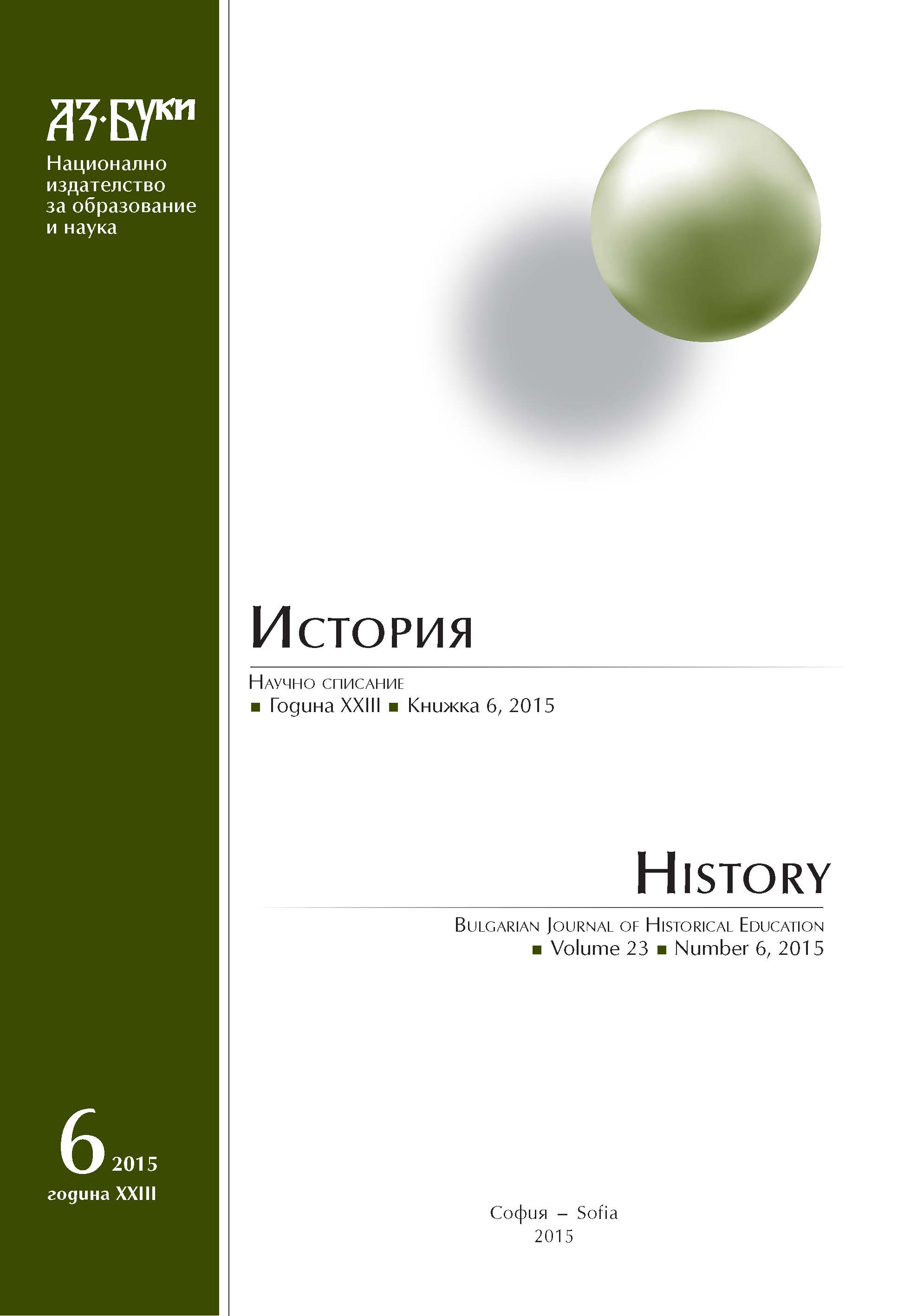
The article reveals some moments of the life of pop Gruyo Trenchov -an ardent revolutionary who participated in The April uprising of 1876. He is author of a poem, that reflected his memories of the heroic epic.
More...


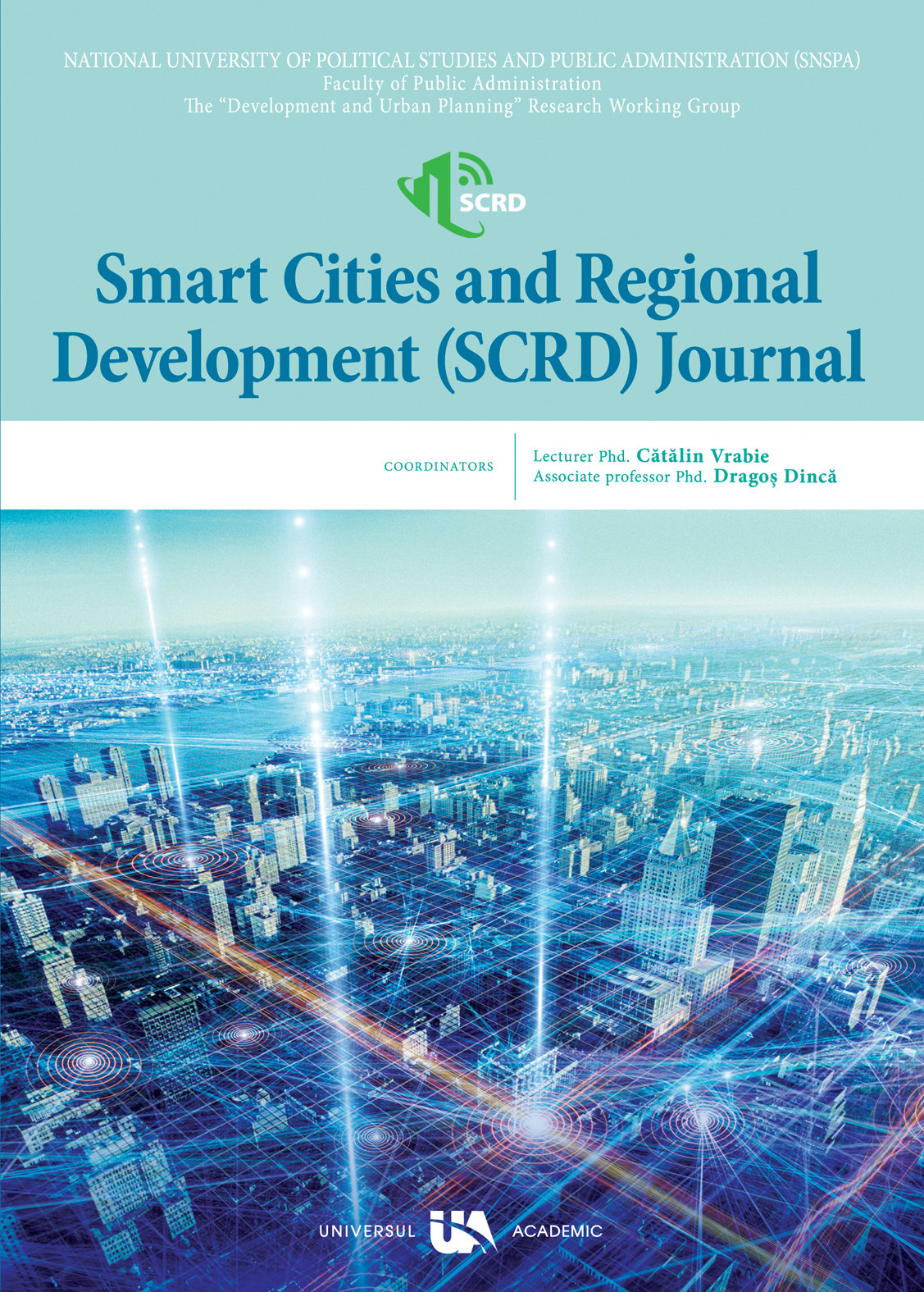
Poverty affects women more forcefully causing increased proportion as well as types of deprivations, a phenomenon called feminisation of poverty. Migration of rural poor to cities causes problems of its own, more so for the women. They come to cities in a bid to escape from rural unemployment and deprivation but lead insecure lives in the cities, exemplified by the urban domestic helps. The co-existence of feminisation and urbanisation of poverty affects the women and their families, particularly children, especially the girl child, who begins to experience deprivations in all its forms from a tender age. These reduced circumstances thus perpetuate across generations of poor urban women and entrap them deep in poverty.The objectives of this study are two-fold. Scientific literature is scanned for indicators used to study feminization of poverty and the validity of these indicators in the given context is examined. Secondly, the study aims to explore the most relevant indicators through direct interaction with the target population. Existing literature on feminized poverty is replete with studies that have used household as the unit of observation. While there are strong justifications for the choice, this approach is unable to address the intra-household inequalities. This study therefore employs the individual woman domestic worker as the unit of observation. The survey method, using questionnaire is employed for collecting the primary data.
More...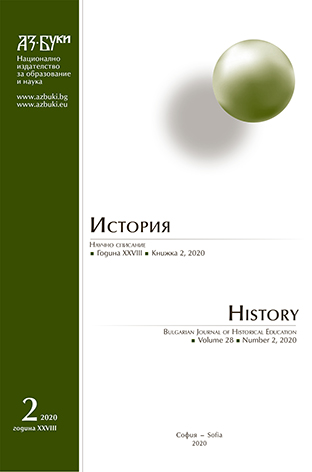
An attempt to throw light on the early history of Adzhar village,today’s Svezhen, based mainly on four unpublished Ottoman tax registers, is made in the article. The author claims that the earliest documents discovered so far about the existence of Adzhar as a settlement date from the first decades of the XVII century. The village was first mentioned on the pages of an abridged avarız-register from the years 1621 – 1622. Data about the presence of large summer pastures and sheepfolds in the region of Sarnena Sredna Gora Mountain as early as the 16th century show that the foundation of the village can be related to the good conditions for livestock breeding of a peaceful place in the depths of the mountain. It is very likely that part of the inhabitants of Adzhar had been dzheleps, who bred sheep and other cattle for the food needs of the big cities, the army and the Sultan’s Palace. Asa result, raw materials including sheep wool and sheepskins led to the development of a number of crafts.The Orthodox Bulgarian population of Adzhar grew rapidly. Due to the demographic and economic development, a significant literary centre was created there for transcribing and illustrating liturgical books. A church with two priests was built in the village. There is information that in the second half of the 17th century sheep-breeding, crafts such as goat hair processing (mutafcılık) and tailoring, as well as trade and transportation of goods (in exchange of payment – kiracılık)developed in Adzhar.
More...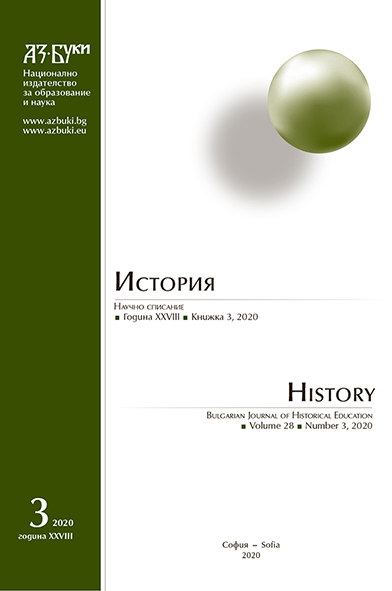
The article traces the Ottoman urban toponymy and Turkish language influence over the street names in Plovdiv. This heritage is evident from the all periods of the contemporary Bulgarian history till the present. The Turkish local names are widely accepted in contemporary Bulgarian language and space mentality.
More...
Understanding the socio-cultural significance of the experience of the past in solving the problems of the present causes a growing interest in historical education and focuses on finding effective methodological approaches to translating knowledge about the past through education. One such approach is an intersubjective approach. The paper deals with the humanistic potential of an intersubjective approach to understanding the Other and fostering the ability to compromise through historical education. A well-considered attitude towards the Other, an inner interest and understanding of the significance of the other presence implies that in the social deprivation of hostility, the inadmissibility of domination and oppression in my Self of the world of the Other Being will be deprived. Both are understood as correlates of intersubjective constitution of reality. In dialogue interaction Otherness is not subordinated, it is assigned to my Self, it remains an “insoluble” individuality. Content analysis of history books of Ukraine has shown that they are conceptually sustained, lacking stereotyped and impartial assessments of the racial, ethnic, cultural nature of the Other. However, ambiguous historical events involving different peoples and states are not alternatively presented. The narrative in the textbook undoubtedly should be the Ukrainian ethnic group as the core of national history. At the same time, using the anthropological and territorial principles as the core of the story, the textbook should strive for Ukraine to be perceived as space where other ethnic communities whose existence is an integral part of Ukrainian history reside alongside Ukrainians. Relevant in overcoming the false image of historical education is the development of the ability to think critically about historical facts, to give them their own judgment. Understanding of the historical process from the point of view of an intersubjective approach will contribute to the formation of a person’s tendency to cultural tolerance, tolerance and dialogue with the Other, the realization that the Other is also entitled to a mistake or his own ratio, the ability to see the world in all its diversity and uniqueness.
More...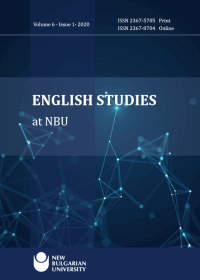
This paper discusses the politics and multi-functionality of storytelling in Diana Abu-Jaber’s novel Crescent (2003). I argue that the strategic use of storytelling places Crescent as a complex hybrid text that projects the nature, and development, of Arab American literature in the contemporary era. In addition to having the practice of storytelling as an apparatus to project identity in Crescent, Abu-Jaber reappropriates its empowered status in Arab culture as well as politicizes its image in the mind of her readers. Besides employing critical and analytical approaches to the novel, this paper relies on arguments and perspectives of prominent postcolonial and literary critics and theorists such as Edward Said, Suzanne Keen, Walter Benjamin, and Samaya Sami Sabry, to name a few.
More...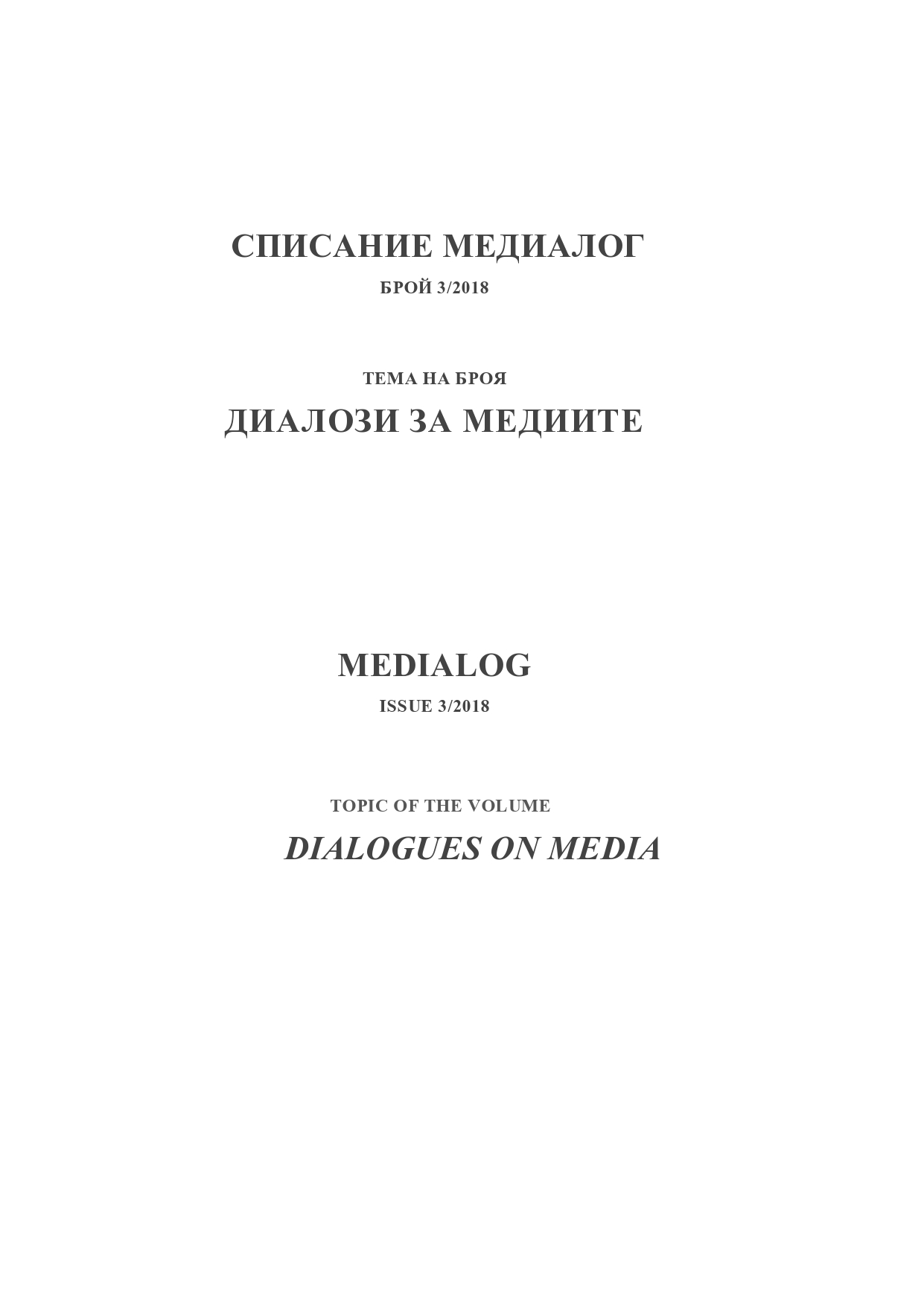
The text presents Bulgarian language web radio based on research in 2014 and 2017. It touches on highlights of its development after the first web radios appeared at the beginning of the new century. The article studies the changes in practices of listening portals. It compares data on web radio stations: number, distribution by format and address. It identifies trends: development of music web radios toward alternative group offers, sustainability of radios of idea-based communities, establishment of the 'marketing' radio, emergence of web radio community initiatives.
More...